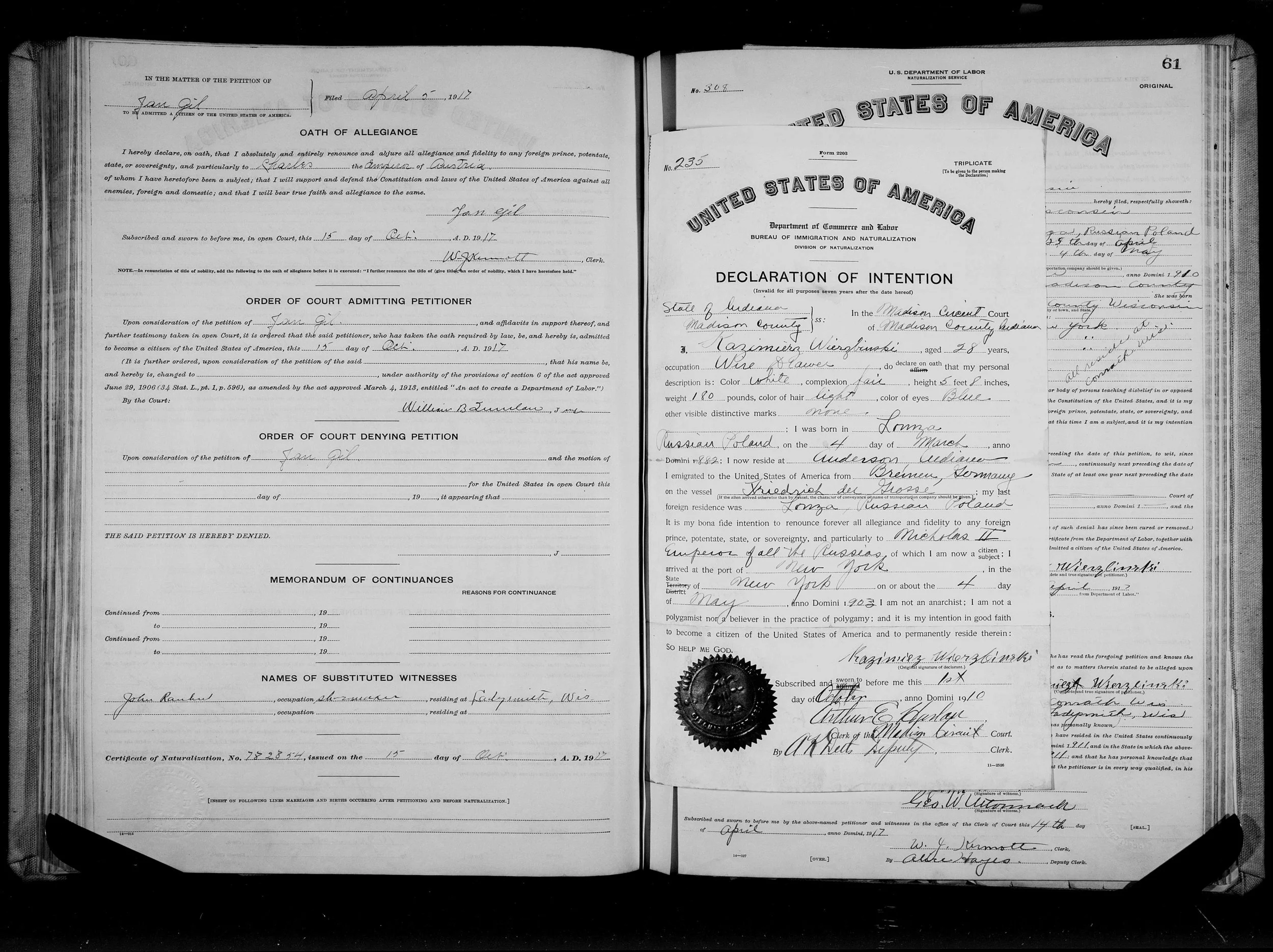Life has certainly changed over the past couple of weeks. There are typically a couple of ways in which to get a copy of a civil war pension file.
Electronically request one from the National Archives and Records Administration (NARA). According to NARA’s website, this is currently the only way to request records. The current cost is $80 for the first 100 pages of the record. If there are more than 100 pages, you will be notified regarding the cost for the remaining pages. I have had a response since they have been closed about a records request that I had put in.
When things are working as usual, you can also request the records in person at the NARA location in Washington, DC and view them for free in the records room. There is a minimal charge for making copies. As with any archive, check with the staff regarding how copies can be made.
If you are not in the area and have a large number to request, it can be cost effective to hire a professional genealogist to review and copy the records for you. The Association of Professional Genealogists has a directory of individuals by location.







